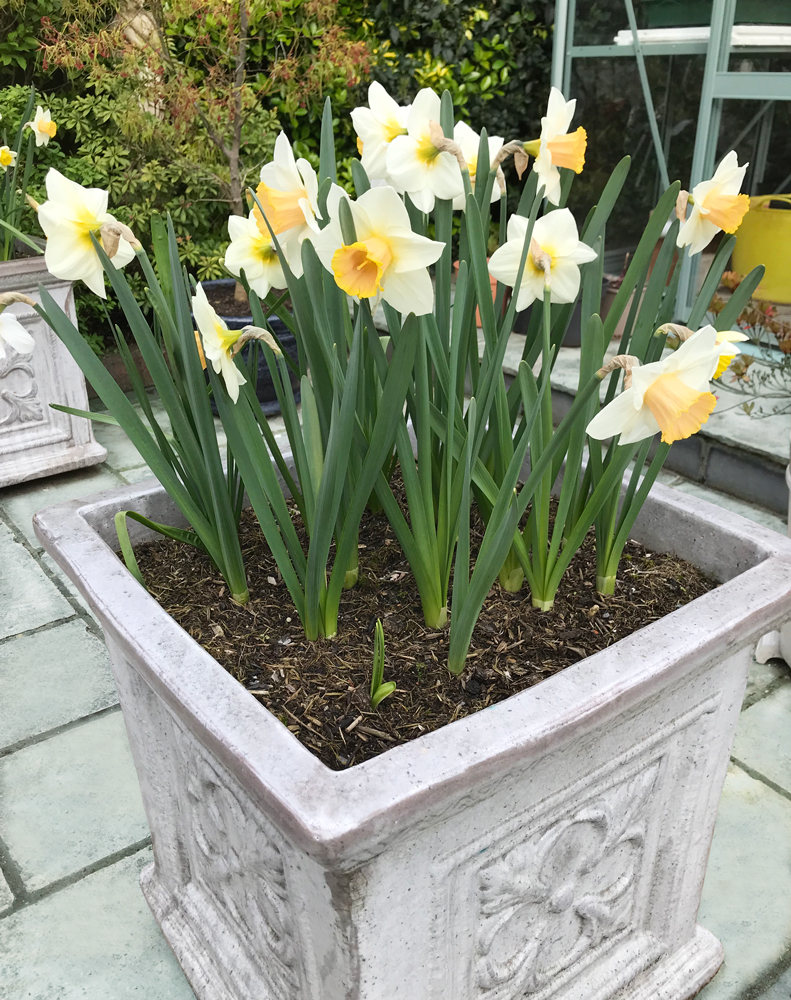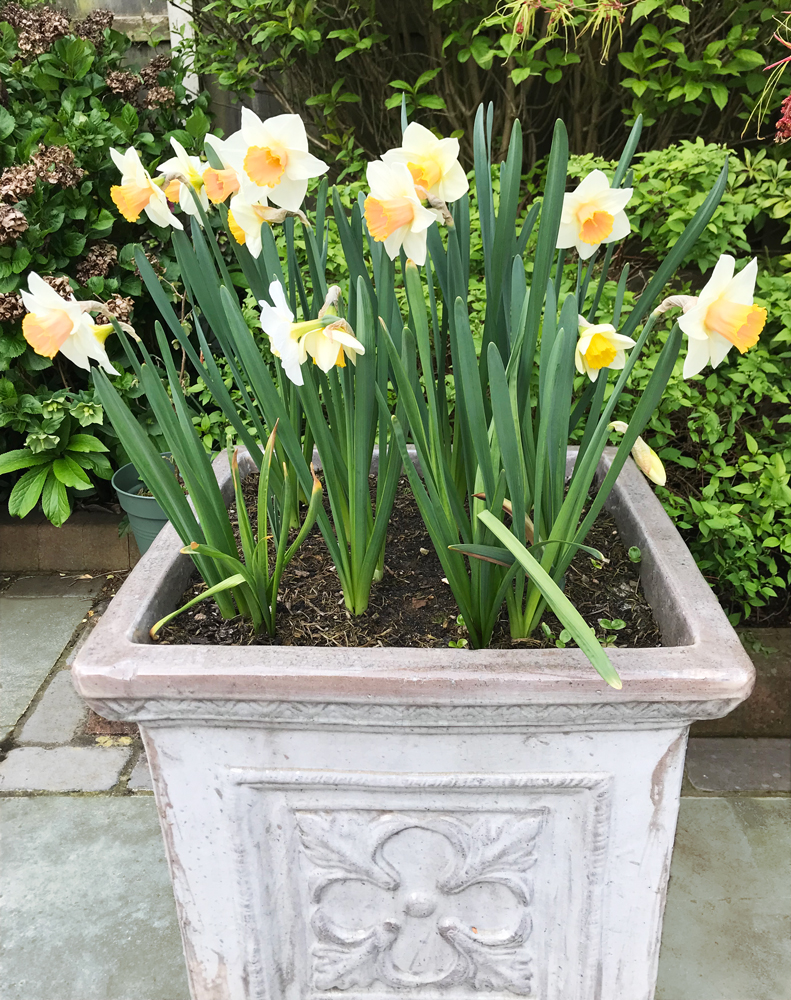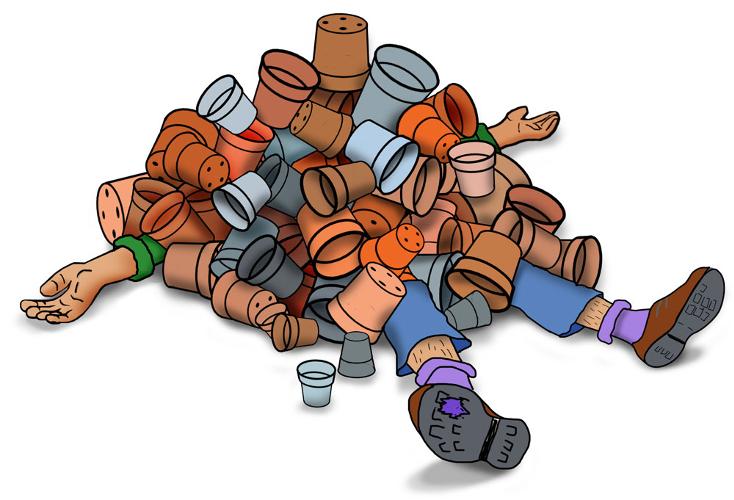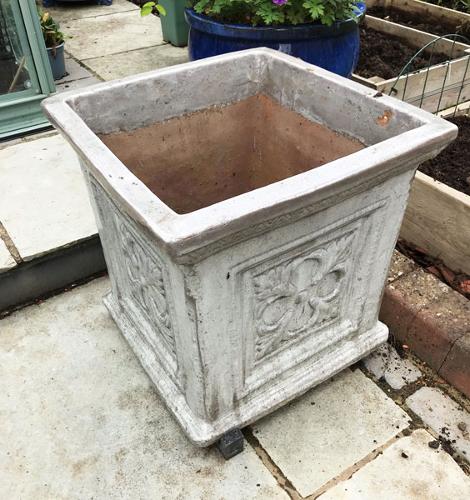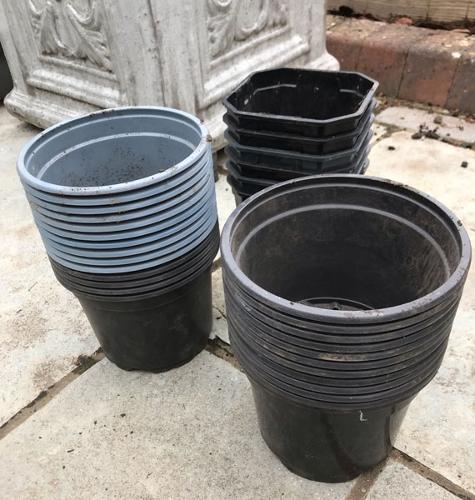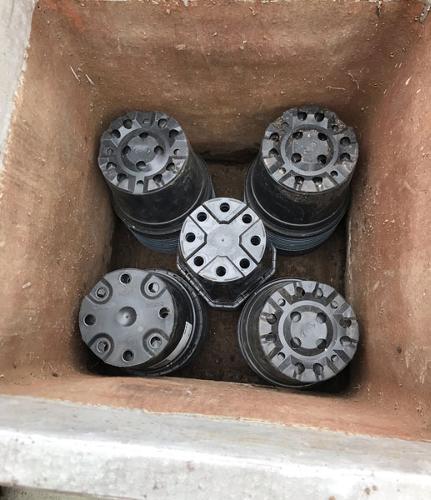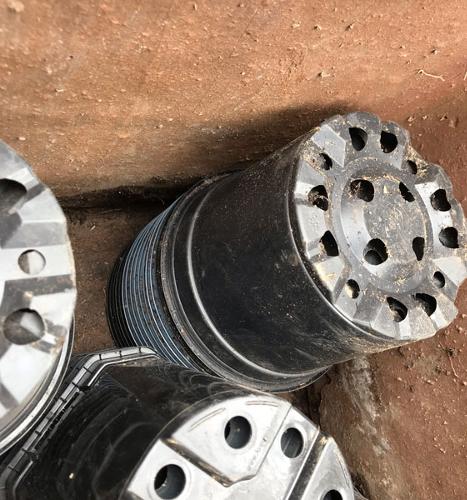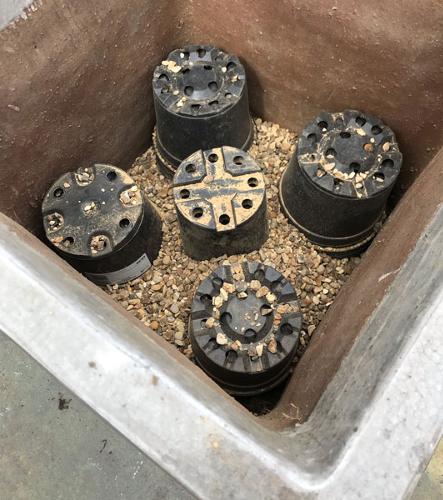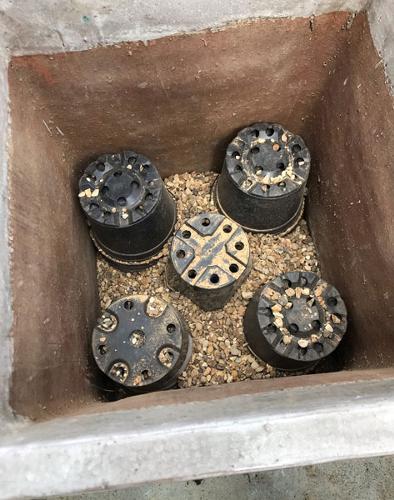One of my real bugbears with the garden industry is its reluctance or inability to deal with the plastic waste situation and in particular the use of plastic plant pots. As gardeners we all claim or try to claim that by planting plants we are helping the environment, but half a billion pots end up in landfill or at council incinerators every year. Gardening can certainly improve our lives, well-being and the environment, however there is a dichotomy between those advantages and the environmental impact of this popular pastime. Take a moment to just imagine what half a billion pots look like. Frightening, isn't it?
There is of course some hope on the distant horizon with pots made from coir or coconut fibre cardboard and rice husks, etc. I checked the web and one such company in the UK produces around 300,000 plants a year using coir pots. There is probably a cost issue relating to their production, but we should all be prepared to pay just a bit more to save adding to the plastic ‘swamp' that's enveloping our beautiful planet. So… only 499,700,000 to go and we'll be free? I then find myself asking how much coconut fibre would need to be produced to replace all pots and would that create another environmental issue? It's not an easy problem to solve but once upon a time gardeners managed without plastic pots.
I'm sure all gardeners experience this issue and councils are limited in what they can do about it. A study by Horticultural Week found that out of 75 councils they polled only 9 had any kind of collection facility.
I checked within 25 miles of my own local area in Essex and there were 7 recycling centres that take plant pots, the nearest being 11 miles away. Whatever the attitude of your council is towards collection the focus must surely be eliminating its use in the first place, otherwise the gardening industry is still creating a market for plastic.
As a garden designer I often create new borders and gardens for my clients, so I end up with a significant number of used pots, some of which I can return to my suppliers, but there is no record of what they do with them. I do re-use as many as I can and one way recently that I've started using them is as drainage for larger garden planters and pots.
Gardening programmes often broadcast that before planting up a large pot fill it with broken crockery, usually old broken terracotta pots to provide drainage to the plants, which in the past I've done and it works okay with smaller pots until you want to transfer the plant to another pot, by which time the root system has grown around the broken crockery. That in itself is not too much of an issue but recently I thought I would try something where I could find a use for some of the plastic pots I've accumulated.
In my Essex garden I have two large and very heavy square planters that I wanted (as an experiment) to grow this years' runner beans in, but the weight of these pots is significant and the plant roots are likely to fill only the top 35% of the pot during the course of one season. When filling these with garden compost (in my case bought from a nursery) 65% was going to be wasted and the same could be said if I'd used just garden soil. The compost or soil also adds to the overall weight of the pot, especially when wet!
One way of re-using pots
So, although not groundbreaking, this is how I re-used some of my plastic pots.
Firstly, I dug out all the plastic pots I had in my garage and placed them in small stacks high enough to fill the bottom 40% of the large planter.
I then inverted the pots and arranged them around the base of the large planter, so they roughly covered the base.
In doing this, each planter used up around 50 to 60 plastic pots. I am slightly fortunate that most of my pots are 2 litre, but as long as you have mostly the same size pot they will create a ‘stack' of some sort. Now I could have then just filled the remaining space with compost but to aid drainage further I filled the base of the planter with some gravel (roughly 30mm will do) that I happened to have lying around -though it's not completely necessary as much of the water filters through all the holes in the pots towards the base of the main planter.
The result was a large pot, which used less compost and had excellent drainage.
2 months on, both cultivars of runner beans I direct sowed appear to be liking the pots and they are more of a feature to the garden, framing the greenhouse door.
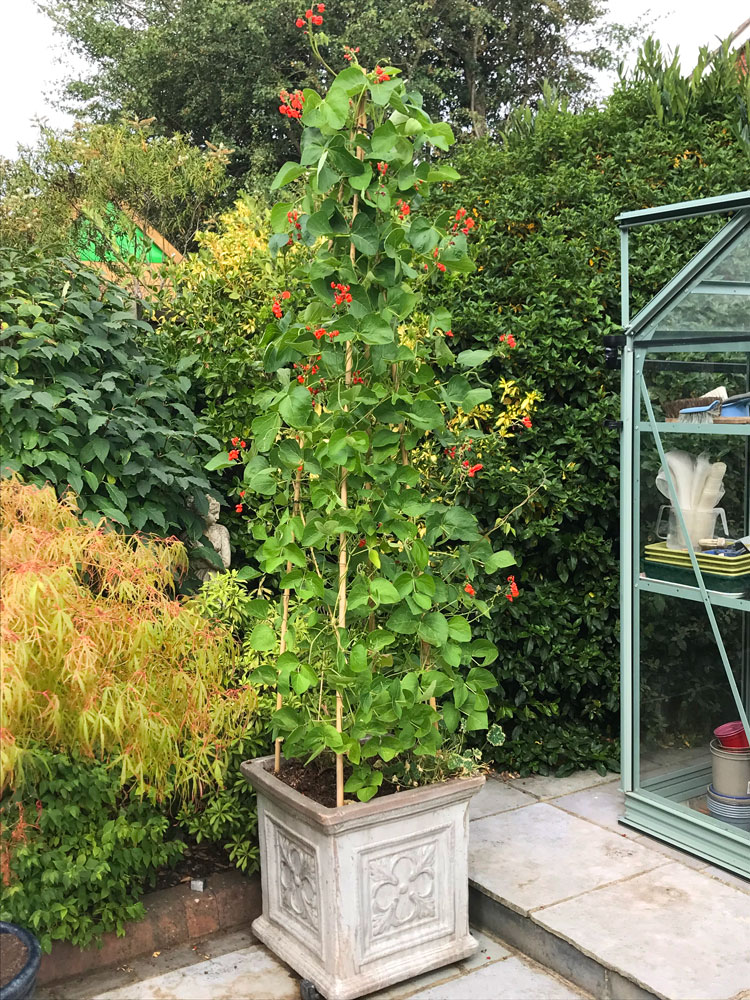
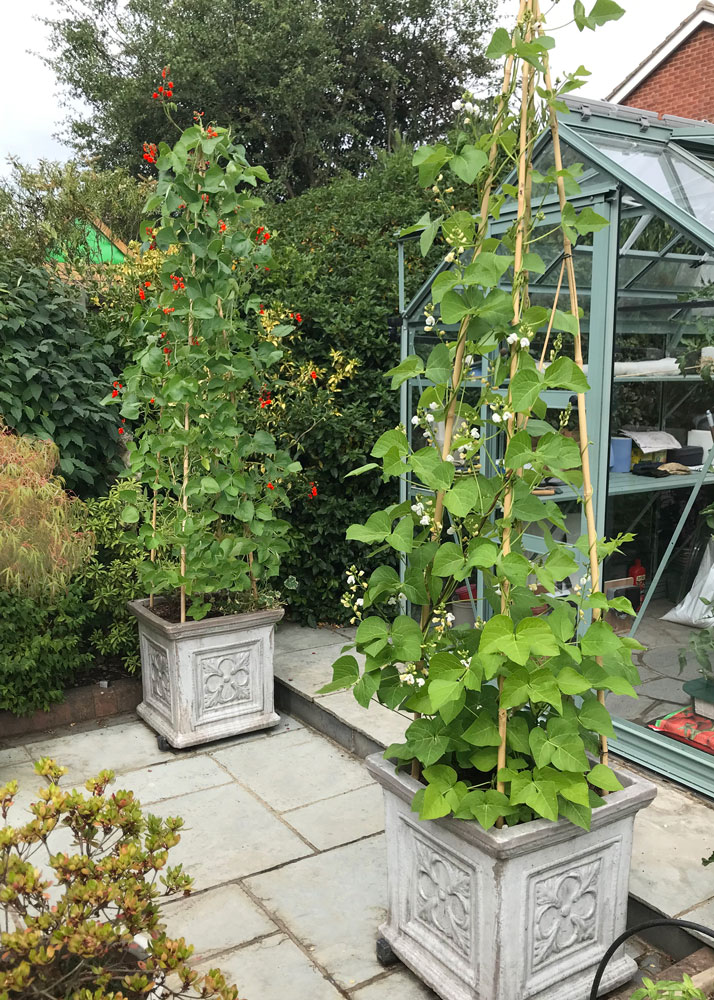
And 9 months after the runner beans the Daffodils are also liking the good drainage...
